 W
WThe Krone was the currency of Austria and Liechtenstein after the dissolution of the Austro-Hungarian Empire (1919) until the introduction of the Schilling (1925) and the Franken, respectively.
 W
WThe schilling was the currency of Austria from 1925 to 1938 and from 1945 to 1999, and the circulating currency until 2002. The euro was introduced at a fixed parity of €1 = 13.7603 schilling to replace it. The schilling was divided into 100 groschen.
 W
WThe Gulden or forint was the currency of the lands of the House of Habsburg between 1754 and 1892, when it was replaced by the krone/korona as part of the introduction of the gold standard. In Austria, the Gulden was initially divided into 60 Kreuzer, and in Hungary, the forint was divided into 60 krajczár. The currency was decimalized in 1857, using the same names for the unit and subunit.
 W
WThe Krone or korona was the official currency of the Austro-Hungarian Empire from 1892 until the dissolution of the empire in 1918. The subunit was one hundredth of the main unit, and was called a Heller in the Austrian and a fillér in the Hungarian part of the Empire.
 W
WEuro gold and silver commemorative coins are special euro coins minted and issued by member states of the Eurozone. They are minted mainly in gold and silver, although other precious metals are also used on rare occasions. Austria was one of the first twelve countries in the Eurozone to introduce the euro (€), on 1 January 2002. Since then, the Austrian Mint has been minting both normal issues of Austrian euro coins and commemorative euro coins in gold and silver.
 W
WThe Kreuzer, in English usually kreutzer, was a coin and unit of currency in the southern German states prior to the introduction of the German gold mark in 1871/73, and in Austria and Switzerland. After 1760 it was made of copper.
 W
WThe Maria Theresa thaler (MTT) is a silver bullion coin and a type of Conventionsthaler that has been used in world trade continuously since it was first minted in 1741. It is named after Empress Maria Theresa, who ruled Austria, Hungary, and Bohemia from 1740 to 1780 and is depicted on the coin.
 W
WThe Vereinsthaler was a standard silver coin used in most German states and the Austrian Empire in the years before German unification.
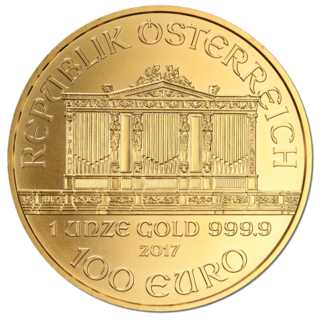 W
WThe Vienna Philharmonic, often shortened to Philharmonic, is a bullion coin of gold, silver, or platinum produced by the Austrian Mint. The coin is named for the Vienna Philharmonic orchestra, which inspired the design of both sides. It was introduced in 1989 as a one-troy ounce (ozt), gold coin with a face value of 2,000 Austrian schillings. It is generally one of the world's best selling bullion coins. In 2002, with the adoption of the euro currency, the nominal value of the one-ounce coin was changed to 100 euros. In 2008, the Mint introduced a one-ounce silver version of the coin with a nominal value of 1.50 euros. The silver coin is also one of the top selling bullion coins, ranked third in 2013. In 2016, the mint introduced a one ounce platinum coin with a face value of 100 euros.
 W
W W
W W
W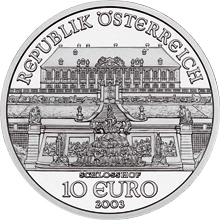 W
W W
W W
W W
W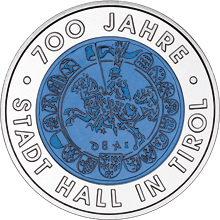 W
W W
W W
W W
W W
W W
W W
W W
W W
W W
W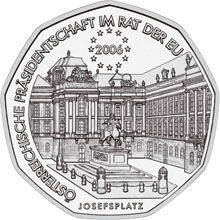 W
W W
W W
W W
W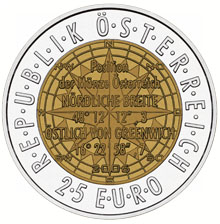 W
W W
W W
W W
W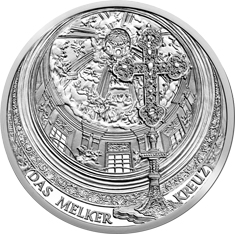 W
W W
W W
W W
W W
W W
W W
W W
W W
W W
W W
W W
W W
W W
W W
W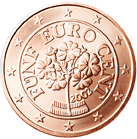 W
W W
W W
W W
W